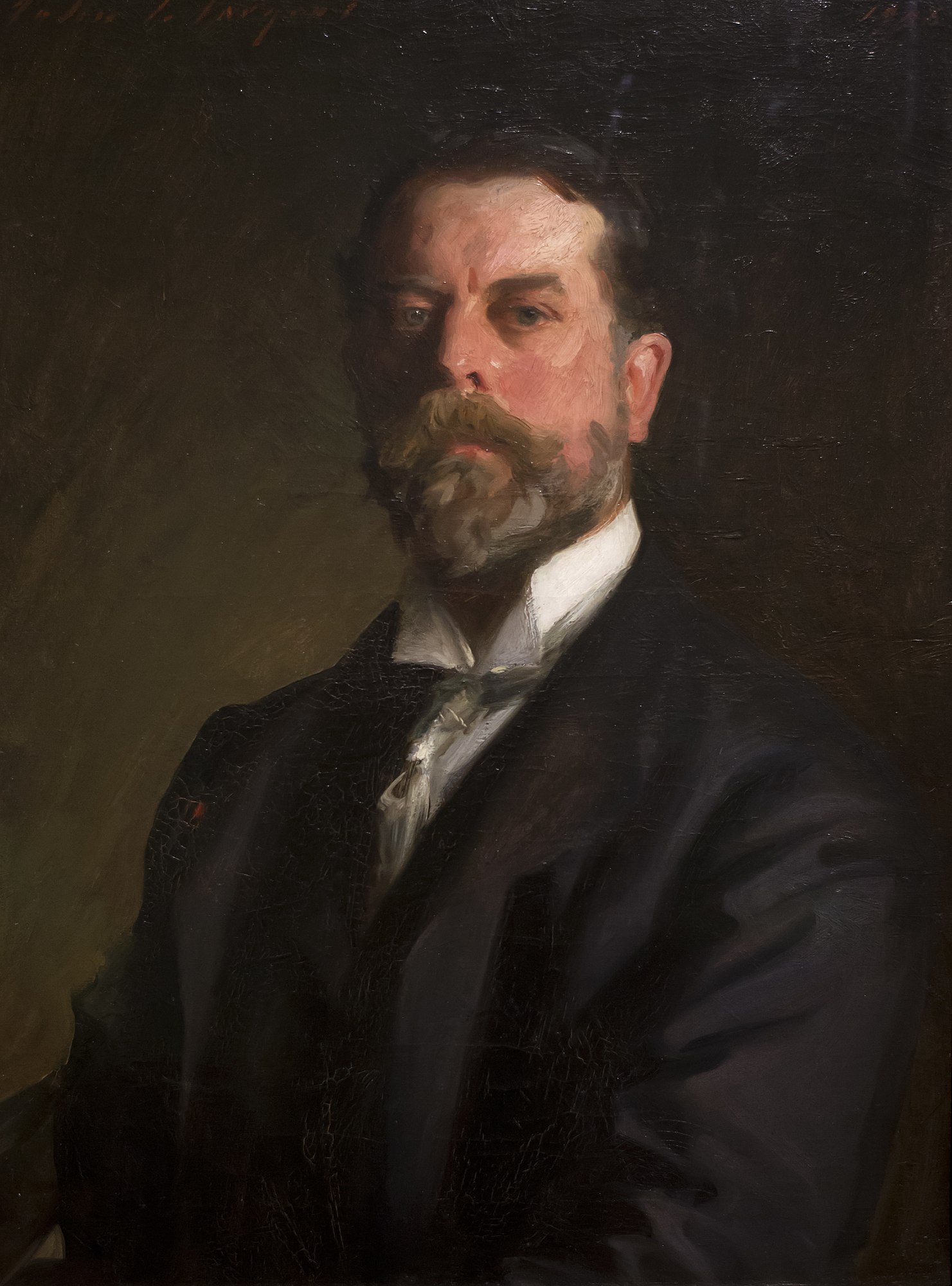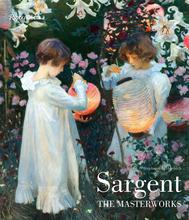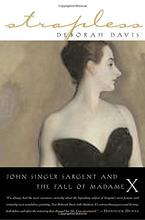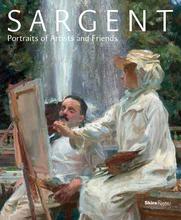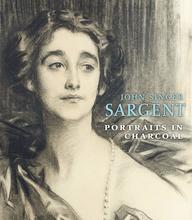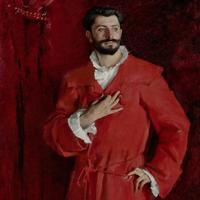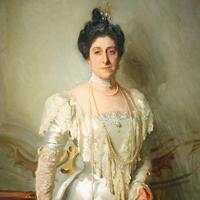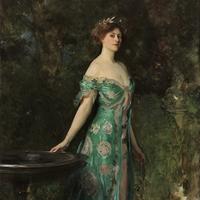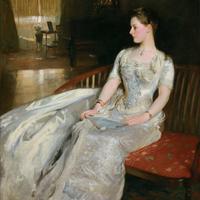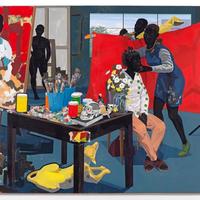More about John Singer Sargent
- All
- Info
- Shop
Works by John Singer Sargent
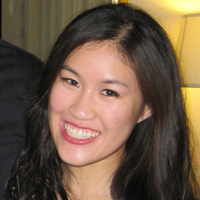
Sr. Editor
John Singer Sargent is best known for his portraits because everyone always looks gorgeous.
Sargent was extremely prolific making 900 oil paintings and 2,000 watercolors in 69 years.
After the French panned his portrait of Madame Gautreau he escaped to London looking for more understanding patrons. Unfortunately, the English were all scared that he would make them look “too French” and so he opted to find American clients who were all very excited to sit for Sargent. After several years of American portraiture the English were finally convinced Sargent knew what he was doing and the commissions rolled in at $5,000 (or $130,000 today) a pop.
In the middle of his career he became the most desired muralist in all the lands. He created large scale murals at the Boston Public Library, the grand staircase and rotunda at the Museum of Fine Arts, Boston, and the Harry Elkins Widener Memorial Library.
The mural at the Boston Public Library drew outrage from the large Jewish community because Sargent decided to depict Judaism as an ugly old hag and Christianity as a lithe young lady citing “medieval paintings” as his inspiration. Instead of addressing the issue Sargent abandoned the project and the controversy died down.
He made the decision to retire from commissioned work in 1907 and made one last self-portrait for the Uffizi Gallery.
Sargent never married and there are no records of any relationships, though rumors of a notorious sex life ran rampant throughout Europe. Because of the sensual details applied to his paintings of male nudes some believe he was gay. But his portraits of women are equally sexy so who knows. Maybe he was pansexual.
You can visit his grave in Brookwood Cemetery near Woking, Surrey.
Featured Content
Here is what Wikipedia says about John Singer Sargent
John Singer Sargent (/ˈsɑːrdʒənt/; January 12, 1856 – April 14, 1925) was an American expatriate artist, considered the "leading portrait painter of his generation" for his evocations of Edwardian-era luxury. He created roughly 900 oil paintings and more than 2,000 watercolors, as well as countless sketches and charcoal drawings. His oeuvre documents worldwide travel, from Venice to the Tyrol, Corfu, Spain, the Middle East, Montana, Maine, and Florida.
Born in Florence to American parents, he was trained in Paris before moving to London, living most of his life in Europe. He enjoyed international acclaim as a portrait painter. An early submission to the Paris Salon in the 1880s, his Portrait of Madame X, was intended to consolidate his position as a society painter in Paris but instead resulted in scandal. During the year following the scandal, Sargent departed for England, where he continued a successful career as a portrait artist.
From the beginning, Sargent's work is characterized by remarkable technical facility, particularly in his ability to draw with a brush, which in later years inspired admiration as well as criticism for its supposed superficiality. His commissioned works were consistent with the grand manner of portraiture, while his informal studies and landscape paintings displayed a familiarity with Impressionism. In later life Sargent expressed ambivalence about the restrictions of formal portrait work and devoted much of his energy to mural painting and working en plein air. Art historians generally ignored society artists such as Sargent until the late 20th century.
The exhibition in the 1980s of Sargent's previously hidden male nudes served to spark a reevaluation of his life and work, and its psychological complexity. In addition to the beauty, sensation and innovation of his oeuvre, his same-sex interests, unconventional friendships with women and engagement with race, gender nonconformity and emerging globalism are now viewed as socially and aesthetically progressive and radical.
Check out the full Wikipedia article about John Singer Sargent

